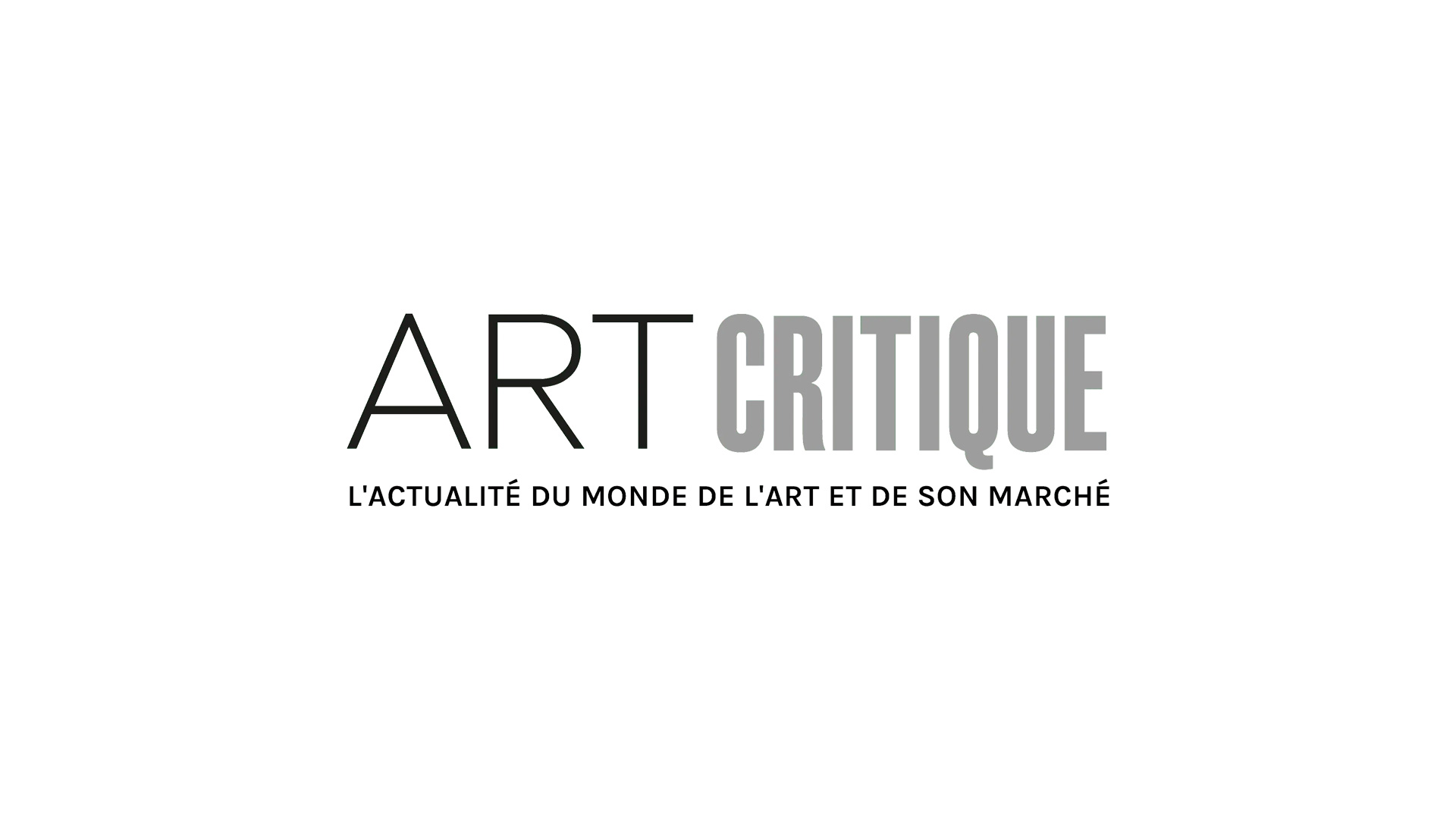Renaissance art is packed with symbols and meaning, but to the untrained eye, those scenes might appear to be fairly straight forward images of somewhat random figures doing things. Knowing the meaning behind those symbols allow you to read the artwork better and it offers a deeper understanding of what the artists were trying to convey. The use of these symbols would also allow for the intended audience, who were by and large illiterate, to understand the meaning and purpose of the artwork. Here, we’re going to go through some of the main symbols you might come across while strolling through a museum.

Colour
One of the first things people notice are the colours in a painting. They might stand out because they’re vibrant or they might cause your eye to focus on one specific area of the painting. They can be a strategic tool but they can also reveal much about the scene. Because pigments came from minerals and elements found in natural objects, some paints were rarer and more expensive while others came from easy to come by pigments.
Blue was one of the most expensive colours to create and was reserved for very important people and was often used to indicate the Virgin. She’s often easy to spot in her blue and red gown. Red, for that matter can be a symbol of power and authority but it can also relate to sin. Purple was usually related to royalty – something that was popularized by the Medici family. Green was associated with youth while yellow was reserved for more lowly statuses.
Animals
-The Serpent: fairly straight forward from the point of view of Christianity, the serpent or the use of a snake may either allude to the sin of man or directly show it, as in the scene of Adam, Eve, and the Tree of Knowledge.
-Dogs: The use of dogs was often a symbol of loyalty and, at times, status, too. Larger hunting dogs might give the sense of guidance or wealth as it meant that their owner had land that could be hunted. As dogs became more domesticated, smaller dogs were often pictured alongside women or even on their laps. This usually signified fidelity and loyalty to their husband.

-The Ermine: Sometimes an odd addition in today’s eye, the ermine traditionally points towards fidelity and royalty. Eventually, it became associated with pregnancy as is the case of Leonardo da Vinci‘s The Lady Ermine. Possibly a play on her last name which means ermine in Greek, the presence of the animal also alluded to Cecilia Gallerani, the woman pictured, being with child.
Iconography
Potentially controversial in Renaissance studies today, iconography is where items and people are identified by the items that they hold or accommodate them. Most prominently, iconography is associated with saints and their martyrdom. This allows continuity from painting to painting and artist to artist. For example, Saint Mark is usually pictured with a lion and Saint John with an eagle. Saint Peter carries keys symbolising the Keys to Heaven while Saint Thomas is usually shown putting two fingers into Christ’s side.
Background
Always pay attention to the components in the background of the work. Though at first glance, you might not think those things are important, if it’s a Renaissance artist that created the work, you can nearly guarantee that each of those things plays a role. Items in the background might tell you about the main figures in the artwork, their profession, their family, their religion, and their wealth.





